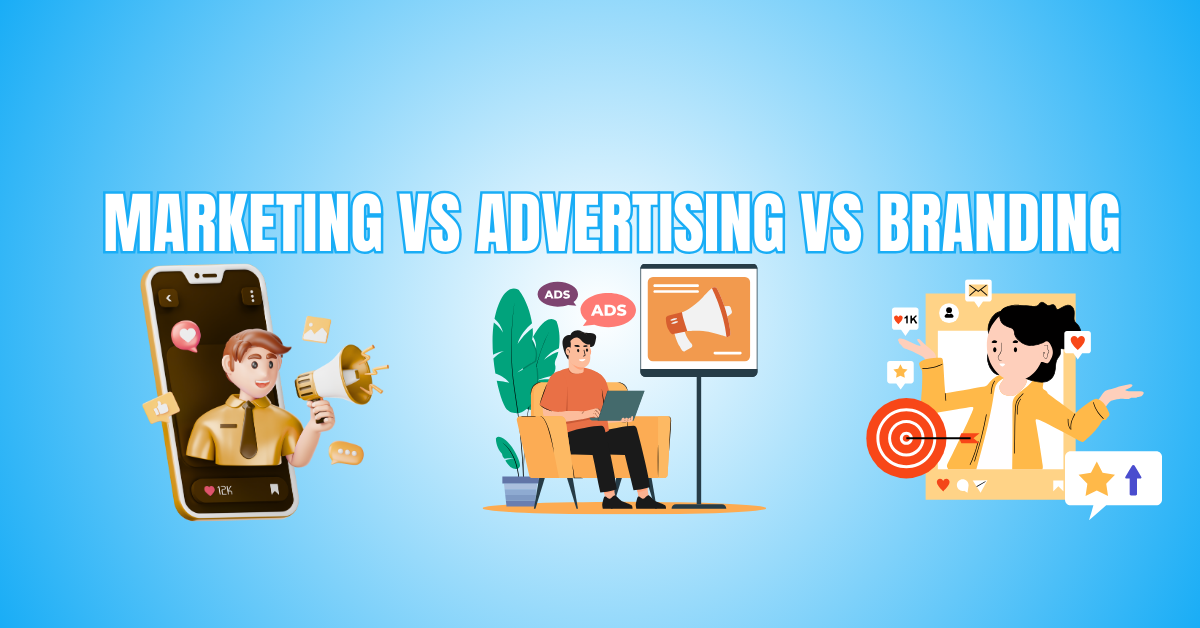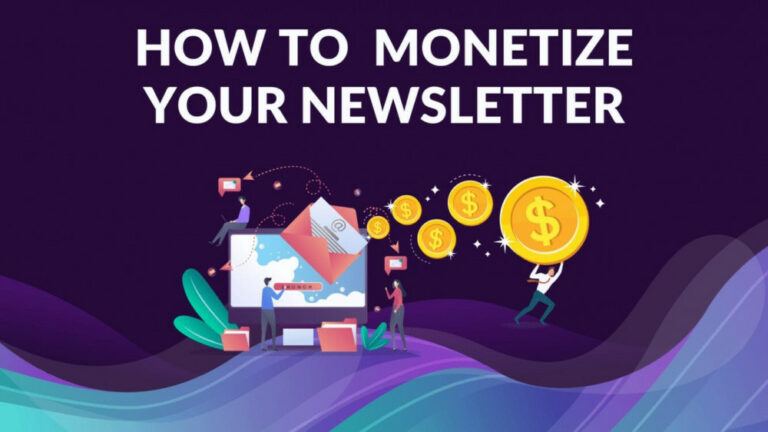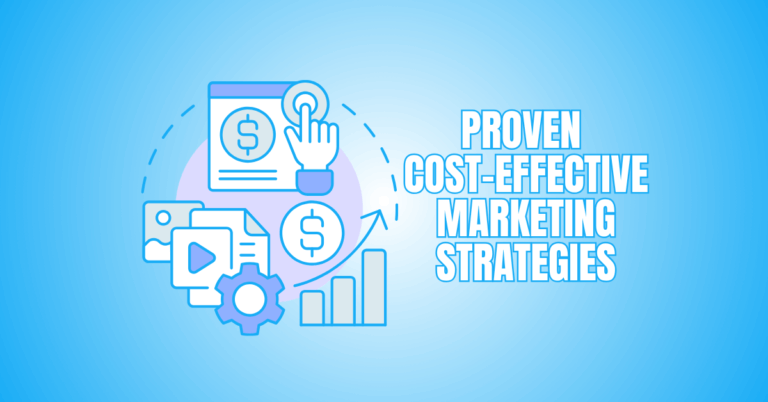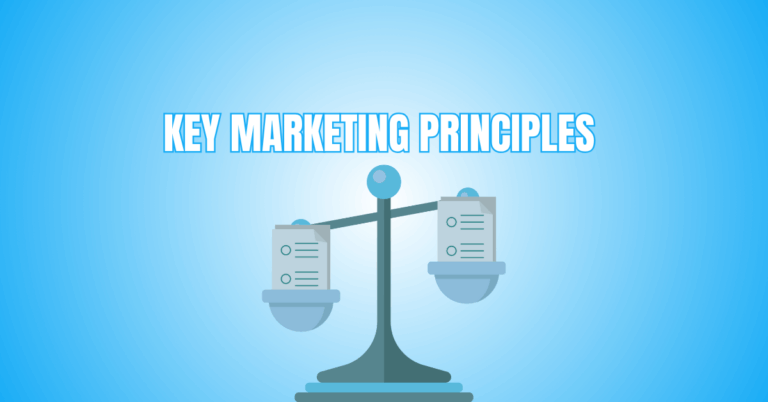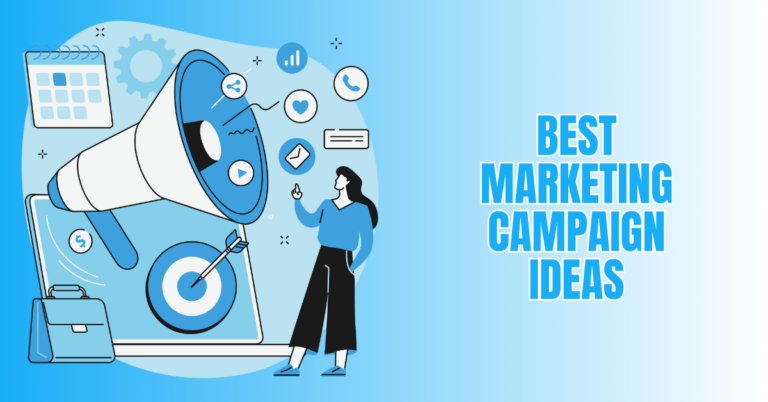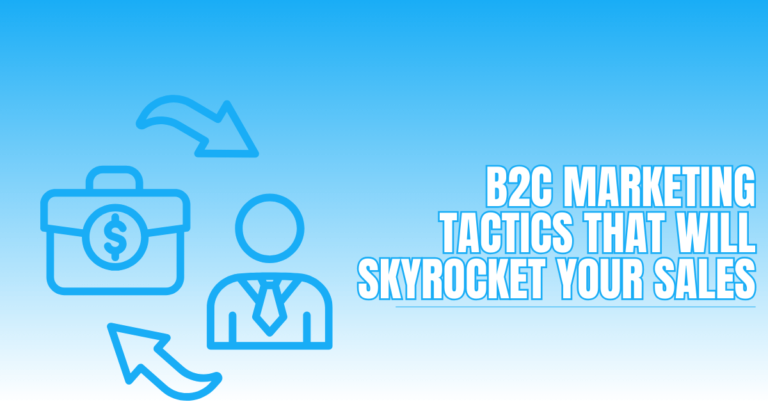Marketing vs Advertising vs Branding
When people talk about business growth, you’ll often hear three words used again and again: marketing, advertising, and branding.
Understanding the key differences in Marketing vs Advertising vs Branding is essential for building a successful business strategy that drives growth and trust.
They get tossed around like they mean the same thing. But here’s the truth: they don’t. Each has a distinct impact on how customers see your company, relate to it, and eventually decide whether or not to purchase from you.
In this blog, we’ll break down the differences between marketing, advertising, and branding in a simple, conversational way. By the end, you’ll see how they connect—and how to use them together to grow your business.
💡 Did you know that thousands of people start blogs about business, travel, and freelancing — and turn them into real income streams? 🌍
🌟 Discover How Inside Wealthy Affiliate — For Free (No Credit Card Needed)
What Is Marketing?
Marketing is the big picture strategy that guides how a business connects with its audience and delivers value. It’s much more than just selling—it’s about truly understanding people, their needs, and their challenges, then shaping solutions that fit.
At its core, marketing involves research to identify your target market, product development to meet customer demands, pricing strategies that balance value and profit, and promotion through the proper channels to create awareness and interest.
Distribution ensures your product reaches customers smoothly, while customer support builds loyalty after the purchase.
If your business were a movie, marketing would be the director—setting the vision, guiding the cast, and making sure the story resonates with the audience.
Unlike one-off campaigns, marketing is a continuous process. Staying in line with consumer expectations and market changes necessitates ongoing learning, strategy adaptation, and improvement.
Done right, marketing not only attracts new customers but also nurtures long-term relationships that sustain growth. In the end, it all comes down to timing, location, and messaging to keep your brand trustworthy and relevant in a constantly shifting business environment.
What Is Advertising?
Advertising is the promotional engine of marketing, designed to grab attention and drive action. It’s the part of your strategy where you pay to put your message in front of a wider audience.
Unlike organic marketing efforts, advertising uses targeted placements to reach people quickly and effectively. Whether it’s a TV commercial, a Facebook ad, a Google search result, or a billboard on a busy street, advertising is about amplifying your message.
Its main goal is to create awareness, spark interest, and persuade customers to take action—such as making a purchase, signing up, or remembering your brand.
Advertising is usually campaign-driven, with specific objectives and measurable results, like increasing leads or boosting sales.
But it doesn’t work in isolation. To be effective, advertising must align with your overall marketing strategy and reflect your brand’s identity.
Think of it as the loudspeaker of your business—it makes your voice heard, but what you say and how you say it must connect with people emotionally and strategically. Done right, advertising not only boosts visibility but also drives growth by turning attention into tangible results.
What Is Branding?
Branding is the soul of your business—it’s how people perceive you, what they feel about you, and why they choose you over others.
Unlike marketing or advertising, branding isn’t about short-term promotion or strategy—it’s about identity, trust, and emotional connection.
Branding shapes how your audience recognizes and remembers you, from your logo and colour to your tone of voice, values, and customer experience. It answers the question: What does this business stand for?
Strong branding creates loyalty, even when competitors offer similar products at lower prices. Think of it as the personality of your business—it’s what makes you unique and relatable.
Branding influences every touchpoint: your website design, how your staff communicates, the way your packaging looks, and even how customers feel when interacting with you.
While advertising may catch attention and marketing sets the plan, branding makes that attention meaningful and lasting.
It’s a long-term investment that builds recognition, trust, and advocacy. In short, branding is not what you say about your business—it’s what people remember, share, and believe about you.

How Marketing, Advertising, and Branding Work Together
1. Branding Lays The Foundation (The WHY)
Branding is always the first step because it defines identity. It’s more than a logo—it’s your values, mission, and the emotions people feel when they think of your business.
Without branding, marketing has no direction, and advertising lacks substance. Branding answers questions like: Who are we? Why do we exist? Why should people trust us? A strong brand builds loyalty and makes people care.
Think of Nike—it’s not just about shoes, but about empowerment and achievement. That emotional connection gives meaning to every campaign and makes advertising stick in people’s minds.
2. Marketing Builds The Strategy (The HOW)
Marketing takes branding and turns it into action. It’s the strategy behind how a business reaches and engages its audience. Marketing covers research, competitor analysis, content planning, distribution channels, and goal setting.
Essentially, it’s about finding where your customers are and how to connect with them effectively. Without marketing, a brand’s message struggles to reach the right audience.
Starbucks is a good example: its brand is about comfort and community, and its marketing builds on that by creating loyalty programs, seasonal drink campaigns, and cozy store experiences that bring the brand to life.
Wealthy Affiliate – Mini Review (2025)
If you’ve ever thought about turning your blog, passion, or niche into an online business,
Wealthy Affiliate (WA) is one of the most beginner-friendly platforms I’ve used.
It combines step-by-step training, website hosting, SEO research tools,
and an active community all in one place.
What I like most: you can start free (no credit card needed),
explore lessons, test the tools, and connect with other entrepreneurs
before upgrading. WA isn’t a “get rich quick” scheme —
It’s a platform where success comes from consistent effort and applying what you learn.
3. Advertising Amplifies The Message (The WHAT)
Advertising is the spotlight. It broadcasts your message to the world using paid promotions like TV ads, billboards, social media campaigns, or influencer partnerships.
Advertising works best when it reflects your brand identity and follows the marketing strategy. Done right, it captures attention and motivates people to act.
Nike’s “Just Do It” campaign shows this perfectly—it doesn’t just advertise shoes, it sells the idea of achievement and empowerment.
Advertising by itself is short-term, but when combined with branding and marketing, it becomes powerful. It makes the audience listen, remember, and often take immediate action.
4. The Cycle In Action
Here’s how all three connect in a cycle. Branding defines your identity: for example, “We’re an eco-friendly clothing brand.”
Marketing then builds the strategy, like targeting environmentally conscious millennials through social media campaigns.
Advertising amplifies that with Instagram ads showing recycled fabrics, testimonials, and eco-lifestyle imagery. This cycle keeps repeating. Branding ensures the message is authentic, marketing ensures it reaches the right people, and advertising ensures visibility.
When all three work together, businesses don’t just sell products—they build relationships and trust. That’s how small businesses become household names over time.
5. Why You Cannot Skip One
Skipping one of the three weakens everything else. Without branding, you’re just another company with no unique identity. Without marketing, you waste resources by targeting the wrong people.
Without advertising, you stay invisible and struggle to grow. The magic happens when branding, marketing, and advertising align.
They form a system: branding builds trust, marketing drives strategy, and advertising creates awareness. This combination ensures short-term visibility and long-term loyalty.
Companies like Coca-Cola thrive because they balance all three. The brand stands for happiness, marketing crafts engaging campaigns, and advertising amplifies the message on a global scale.
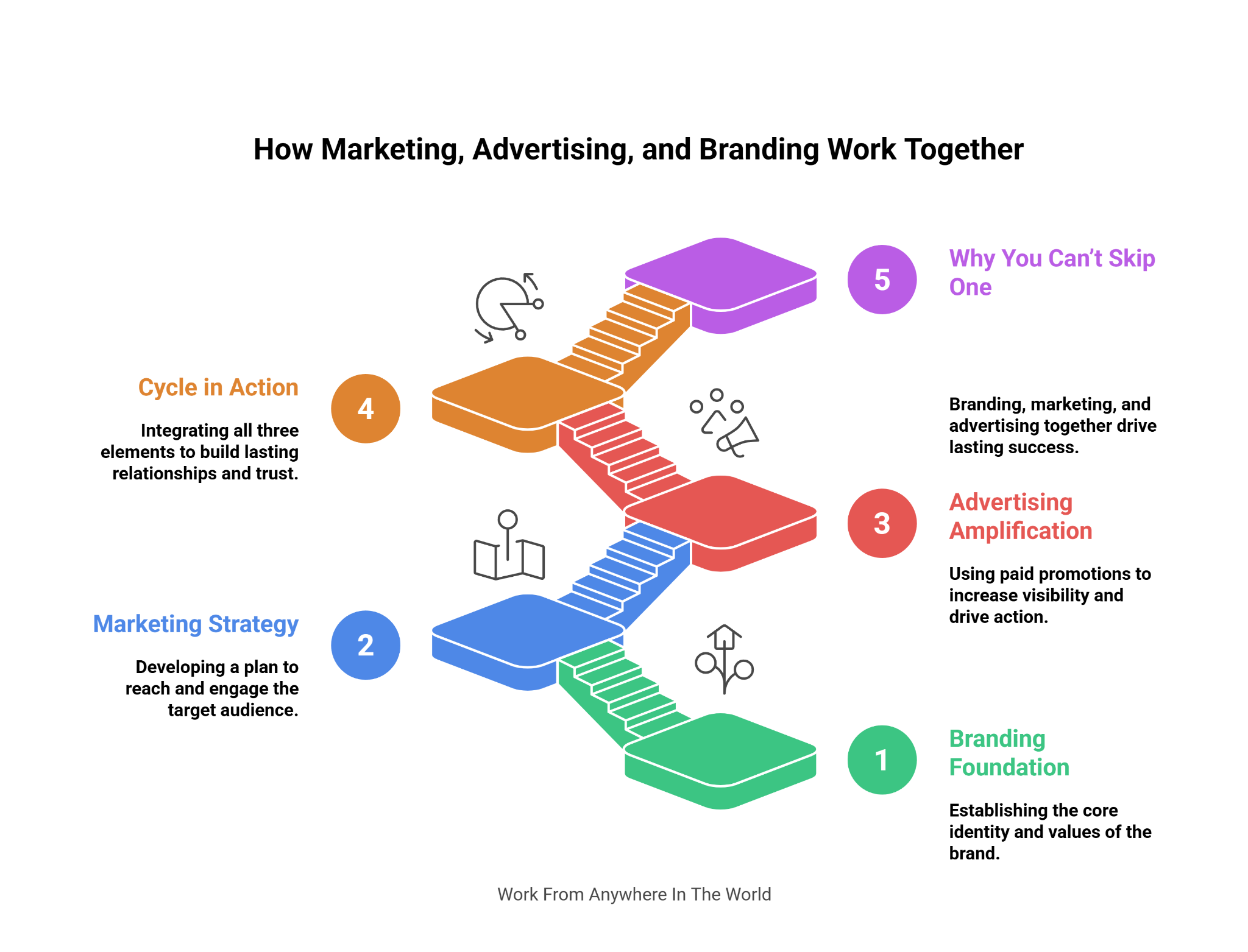
Key Differences Between Marketing, Advertising, And Branding
1. The Definition Difference
Marketing is the broad, strategic process of understanding customers, creating offers, and delivering value. A branch of marketing called advertising uses paid promotions to get the word out fast.
Branding, however, is the identity—the emotional story, values, and promises that make people trust and connect with a business. Marketing is the roadmap, advertising is one of the tools, and branding is the essence.
Put simply: marketing is the “plan,” advertising is the “execution,” and branding is the “personality” that makes everything feel meaningful. Each is distinct but deeply interconnected in practice.
2. The Focus Difference
Branding focuses on identity and perception—it’s about how people feel when they hear your name. Marketing focuses on customer needs and how to solve them, including research, positioning, and engagement strategies.
Advertising focuses on visibility and persuasion—it’s designed to catch attention and drive quick action. While marketing is more holistic and branding is long-term, advertising is short-term and tactical.
If branding is about who you are and why you matter, and marketing is about how you reach people, then advertising is about what you say and where you say it.
3. The Time Frame Difference
Branding is a long-term investment. It doesn’t change with every campaign but grows steadily over the years through consistent storytelling and customer experiences.
Marketing is both long-term and short-term—it sets overall business goals while also adjusting strategies to meet seasonal or competitive demands.
Advertising is the most short-term, often tied to specific campaigns or promotions. A sale ad might run for a week, while marketing supports that sale with audience research, and branding ensures the campaign feels authentic.
Together, they create balance: branding for longevity, marketing for direction, and advertising for immediate impact.
4. The Practical Example Difference
Imagine Apple launching a new iPhone. Branding makes people expect a sleek design, innovation, and premium quality—that’s the identity Apple has built for decades.
Marketing involves product research, setting the price, deciding where to sell, and building campaigns to excite the audience.
Advertising is the TV commercial, the YouTube ad, or the billboard you see that shows off the phone’s features. Without branding, Apple would feel like just another tech company.
Without marketing, the launch wouldn’t connect with the right buyers. Without advertising, people might never even know a new iPhone exists.
5. The Emotional Connection Difference
Branding is the only one of the three that speaks directly to emotions. It creates loyalty by making people feel something—whether it’s trust, inspiration, belonging, or excitement.
Think of how people line up for the latest Apple product—not just for the tech, but because they identify with the brand. Marketing taps into those feelings by crafting stories and delivering value through relevant messaging.
Advertising often triggers emotions, too, but it’s usually more urgent and transactional. Branding builds relationships. Marketing nurtures them. Advertising prompts a reaction—but that emotional spark starts with the brand’s more profound meaning.
6. The Role In Customer Loyalty
Customer loyalty is built over time, and branding plays the most significant role in that journey. A consistent and relatable brand identity helps customers remember you and return again and again.
Marketing supports this by staying in touch with customers through email, content, and campaigns that educate or solve problems.
Advertising, on the other hand, often focuses on gaining new customers or re-engaging existing ones through limited-time offers.
While advertising might bring in the sale, branding is what makes customers stay. Marketing acts like the bridge in between—keeping people interested and connected to the brand experience.
7. The Pricing Approach Difference
Branding allows a company to charge premium prices. Why? Strong brands build trust, status, and emotional value. Customers are often willing to pay more simply because the brand feels better or is more aligned with their lifestyle.
Marketing helps position pricing by showing benefits, solving problems, and highlighting what makes the product worth it. Advertising then communicates special offers, bundles, or pricing incentives in a clear, persuasive way.
Without branding, pricing is often a race to the bottom. With branding, businesses can justify higher costs and still win loyal customers who aren’t just looking for discounts.
8. The Visual Identity Difference
Branding controls the look and feel of a business—logos, colour palettes, fonts, voice, and tone. It makes a brand recognizable even before a single word is read.
Marketing uses that visual identity across all touchpoints, keeping everything consistent, from websites to social media graphics. Advertising applies those visuals in fast, eye-catching ways that grab attention and drive action.
If branding is the blueprint, marketing is the house, and advertising is the big “Open House” sign outside. Strong visuals make messages feel familiar and trustworthy, which is why all three must align in style and design.

Common Misconceptions About Marketing, Advertising, And Branding
1. Marketing Is Just Advertising
One of the biggest misconceptions is that marketing and advertising are the same. Marketing is much bigger—it’s the overall plan that includes research, strategy, pricing, distribution, customer experience, and yes, advertising.
Advertising is only one part of marketing, focused on paid promotions. If you only think of marketing as advertising, you’ll miss the chance to build long-term relationships with your audience.
Proper marketing answers customer needs, creates value, and fosters trust. Advertising supports those goals but cannot replace them. Businesses that confuse the two often overspend on ads without building a sustainable strategy for growth.
2. Branding Is Just A Logo Or Tagline
Many people think branding ends with a logo, colours, or a catchy slogan. While visuals are important, branding is much deeper. It's about the emotional bond that customers have with you, your values, and your story.
A strong brand creates recognition, trust, and loyalty—even when people aren’t actively seeing your ads. Think of Starbucks: the green siren logo is iconic, but the brand is also about community, warmth, and a sense of belonging.
Without that emotional layer, a logo is just a symbol. Branding ensures people remember you long after the logo disappears.
3. Advertising Alone Builds Customer Loyalty
Another common misconception is that advertising alone can win long-term customers. Advertising is great for creating awareness and generating quick responses, but it’s not enough to keep customers coming back.
Loyalty is built through branding—by creating a consistent identity and delivering on promises. Marketing then nurtures that loyalty with ongoing communication and value-driven campaigns.
Without branding and marketing, ads may attract attention, but the effect fades quickly. That’s why companies with the most memorable ads don’t always build the strongest customer base unless they connect those ads to a larger brand experience.
4. Branding Does Not Matter For Small Businesses
Many small business owners think branding is only for big corporations with huge budgets. The truth is, branding matters at every level.
In fact, small businesses often benefit more because strong branding sets them apart in competitive markets. Branding isn’t about spending millions—it’s about defining your story, building trust, and showing consistency.
A local bakery with a clear eco-friendly or family-oriented brand will attract more loyal customers than one that’s just “a place that sells bread.” Every business, no matter the size, has a brand. The question is whether it’s intentional or left to chance.
5. Marketing Ends After The Sale
Some people believe marketing stops once a customer makes a purchase. In reality, marketing continues long after the sale—it’s about building lasting relationships.
Post-purchase emails, loyalty programs, referral incentives, and educational content are all part of marketing. This ongoing effort helps turn one-time buyers into repeat customers and even brand advocates.
Advertising may bring someone to your store, but marketing ensures they stay connected and come back again. Without ongoing marketing, customers drift away and competitors step in. That’s why the best brands view marketing as an ongoing cycle, not a one-time effort.

Conclusion
In today’s competitive business world, marketing, advertising, and branding each play a unique role. Marketing sets the strategy, advertising amplifies the message, and branding builds identity and trust.
Mastering Marketing vs Advertising vs Branding helps businesses leverage strategy, promotion, and identity together to achieve lasting growth and customer loyalty.
The real power comes from using all three together—creating awareness, connecting with audiences, and fostering loyalty.
Businesses that understand their differences and integrate them effectively can stand out, drive sales, and build long-term relationships that ensure sustained success.
I trust you enjoyed this article on Marketing vs Advertising vs Branding. Please stay tuned for more insightful blogs on affiliate marketing, online business, and working from anywhere in the world.
Take care!
— JeannetteZ
💬 Your Opinion Is Important To Me
Do you have thoughts, ideas, or questions? I’d love to hear from you. Please leave your comments below or email me directly at Jeannette@WorkFromAnywhereInTheWorld.com.
🌍 More World Reads
🚀 Ready To Build Your Own Online Business?
You’ve read the review — now it’s your turn to take action.
Learn how to create a thriving online business step-by-step, or dive straight into free training today.
Disclosure
This post may contain affiliate links. As an Amazon Associate and participant in other affiliate programs, I earn from qualifying purchases at no extra cost to you. Please read my full affiliate disclosure.

